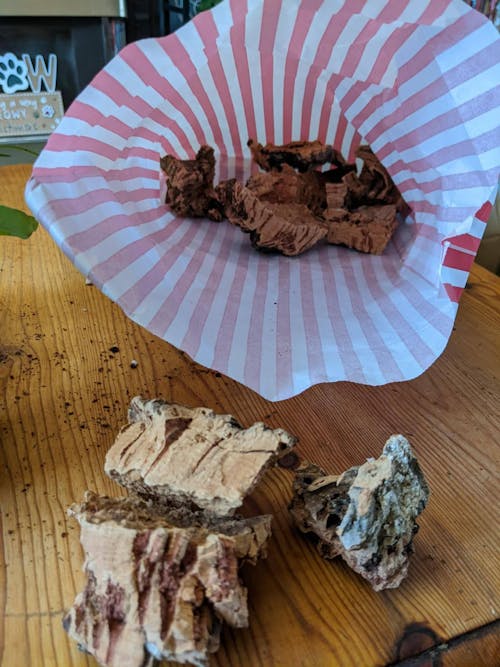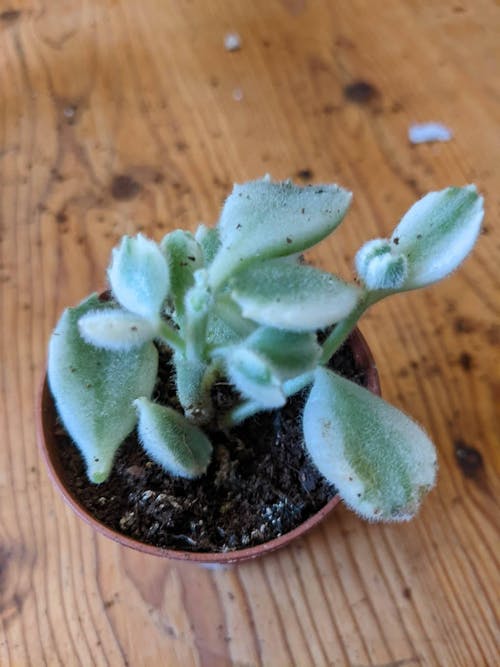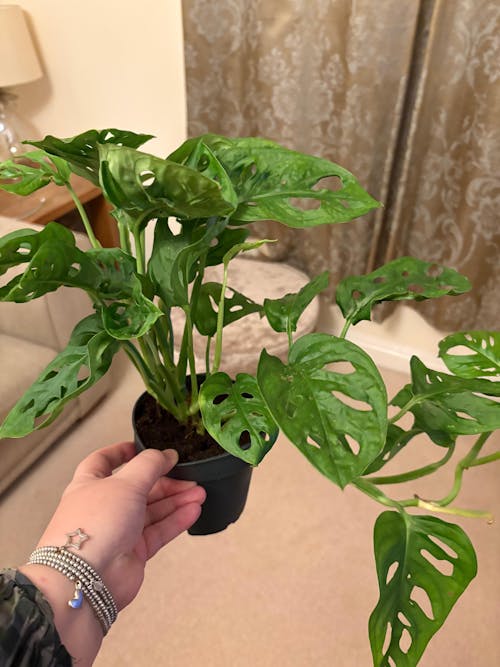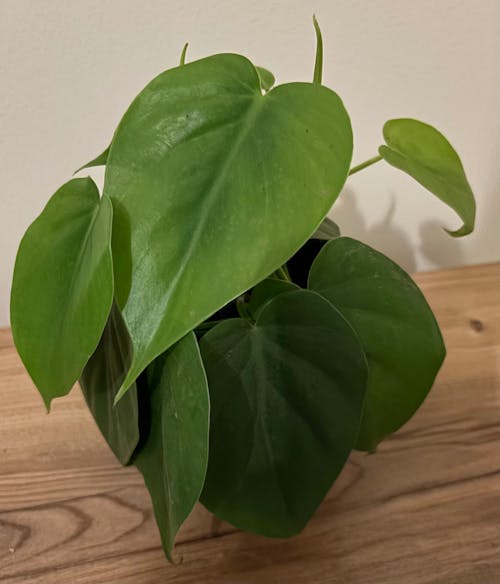This Prayer Plant has some similarities with others like Calatheas and Marantas - they are all in the same botanical family - but is a different species, so has longer, thinner leaves than many other Prayer Plants you may have seen before. This species' leaves have deep red undersides which means the plant can deal with a little more shade than others, as the darker colouring helps it absorb the maximum amount of light. The glossy, deep green tops of the leaves provide contrast with the crimson undersides, and the plant will fill your home with all the colour and freshness of its foliage. If you notice its leaves moving, don't panic - this clever plant raises and lowers its leaves according to the time of day and the amount of light it gets. So if you notice its leaves are not moving, you may need to move it to a brighter spot.
Scientific Name
Stromanthe sanguinea (bed flower, bloody species)
This plant's scientific name changed to Stromanthe thalia when it was reclassified in 1995.
Common Name
Bloody Prayer Plant, Stromanthe, Calathea
Origin
Native to Brazilian rainforests
Light
Bright, indirect light is what's needed for this plant. If the light is too bright, its leaves can get easily scorched, and you'll notice symptoms like pale yellow leaves, stunted growth and brown patches.
Water
Let the top quarter of the soil dry out, and reduce this to a third in winter. This plant likes moist soil, but won't appreciate soggy roots so this will help keep the balance right!
Humidity
Like their Prayer Plant family, Stomanthes love high humidity. Introducing a pebble tray can help keep the air moisture consistently high to give them the best chance of flourishing!
Soil
Use a moisture-retentive, well-draining mix to keep this thirsty plant happy but not too soggy. A mix with added coir and perlite, such as a mix designed for Calathea and Marantas, will work well here. Repot every couple of years in spring as the plant grows.
Food
Feed every four waters in the growing season, reduce to every six in autumn and winter.
Temperature
Average household temperatures of about 18-27°C are perfect- make sure it doesn't drop below 15°C in winter.
Pet-safe
Yes, but too much nibbling won't be good for pets, small humans or the plant!
Sprouts Top Tips
If you notice your Stromanthe's leaves curling and going brown at the edges, it's likely either getting too much sun or not enough water- make sure only the top third of the soil is drying out, and that it is not in direct sun. Browning tips with yellow halos are a sign that the humidity around the plant is too low; try adding a humidity tray, or position your plant in a steamy kitchen or bathroom.






































